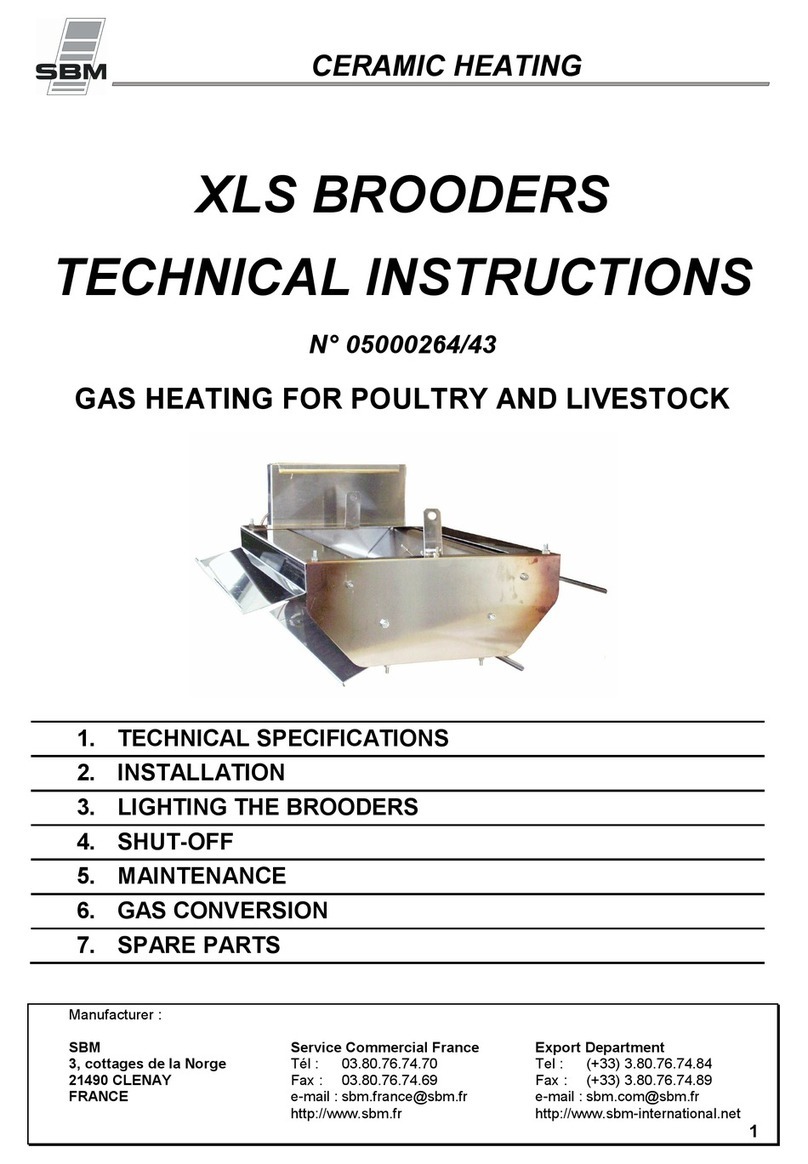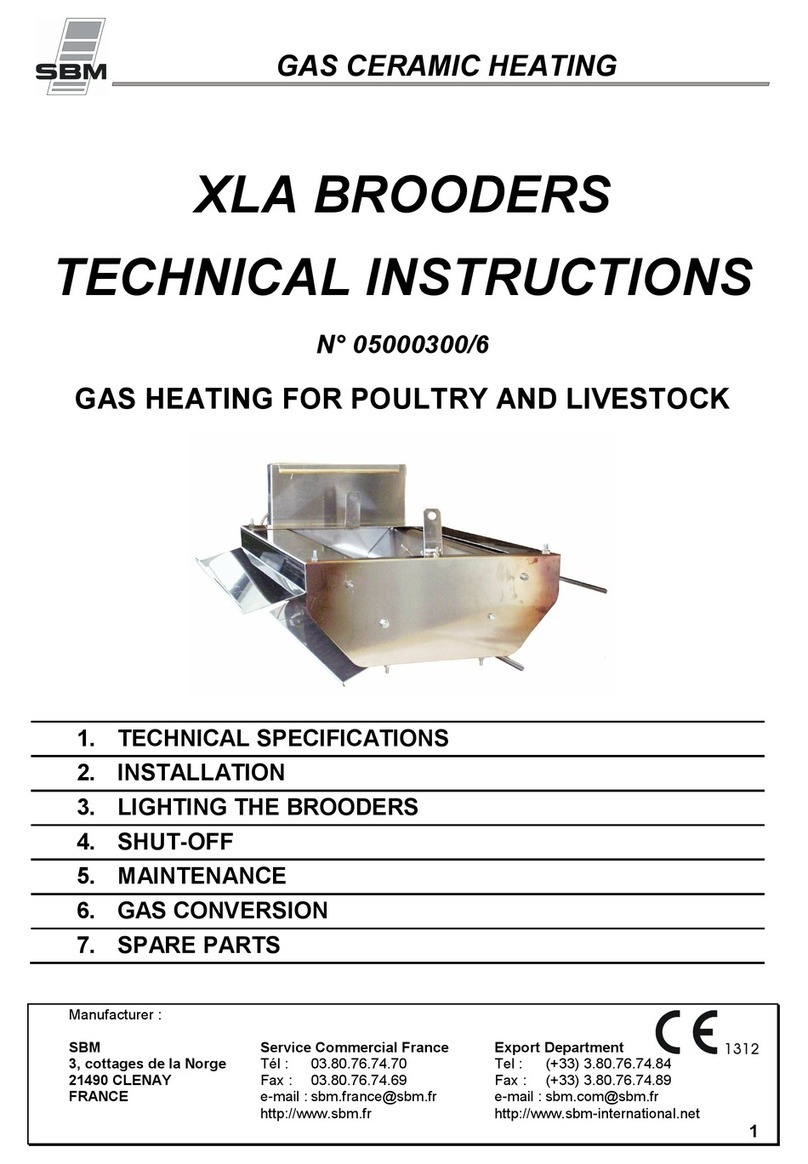7.4 LUBRICATION .............................................................................................................................................................................. 39
7.5 ENGINE MAINTENANCE............................................................................................................................................................... 40
7.5.1 Engine Oil and Filter ................................................................................................................................................... 40
7.5.2 Fuel System.................................................................................................................................................................... 41
7.5.3 DEF Filters ...................................................................................................................................................................... 41
7.5.4 Cooling System ............................................................................................................................................................. 41
7.5.5 Engine Air Intake .......................................................................................................................................................... 41
7.6 TRANSMISSION MAINTENANCE .................................................................................................................................................. 42
7.6.1 Checking Transmission Fluid Level ....................................................................................................................... 42
7.6.1.1 Fluid Level Check Using Dipstick Method........................................................................................................ 42
7.6.1.2 Fluid Level Check Using the Electronic Shift Selector Method ................................................................ 44
7.7 TRANSFER CASE MAINTENANCE ................................................................................................................................................ 46
7.8 AXLES .......................................................................................................................................................................................... 46
7.8.1 King Pins ......................................................................................................................................................................... 46
7.8.2 Tie Rod............................................................................................................................................................................. 46
7.8.3 Planetary and Differential......................................................................................................................................... 46
7.9 SUSPENSION MAINTENANCE...................................................................................................................................................... 47
7.10 STEERING SYSTEM MAINTENANCE .......................................................................................................................................... 47
7.11 PNEUMATIC SYSTEM ................................................................................................................................................................ 47
7.12 TIRES......................................................................................................................................................................................... 47
7.12.1 Tire Replacement....................................................................................................................................................... 47
7.12.2 Wheel Torque Specifications ................................................................................................................................. 48
7.13 CAB MAINTENANCE.................................................................................................................................................................. 48
7.13.1 Cabin Air Filter............................................................................................................................................................ 48
7.13.2 Cabin Pressurizer Air Filter..................................................................................................................................... 48
7.13.3 Lights and Beacon ..................................................................................................................................................... 49
7.14 HVAC MAINTENANCE.............................................................................................................................................................. 49
7.15 BATTERY MAINTENANCE.......................................................................................................................................................... 49
7.16 HYDRAULIC SYSTEM MAINTENANCE....................................................................................................................................... 49
7.17 POWDERCOAT FINISH MAINTENANCE..................................................................................................................................... 50
8. TRANSPORTING ............................................................................................................................................................................ 50
8.1TRANSPORTING SAFETY ............................................................................................................................................................. 51
8.2 BYSTANDERS………………………..…………………………………………………………………………………………………………..51
8.3 ROADWAY TRAVEL...................................................................................................................................................................... 51
8.4 TRAILER HAULING....................................................................................................................................................................... 52
9. LONG-TERM STORAGE ............................................................................................................................................................... 52
9.1 SAFETY......................................................................................................................................................................................... 52
9.2 PREPARING FOR STORAGE.......................................................................................................................................................... 53
10. COMPONENT IDENTIFICATION & REORDER INFORMATION ..................................................................................... 54
10.1 CHASSIS COMPONENTS DRAWINGS ........................................................................................................................................ 54
10.1.1 Engine & Transmission ........................................................................................................................................... 54
10.1.2 Engine & Transmission ........................................................................................................................................... 54
10.1.3 Engine Cooling & CAC Hoses................................................................................................................................ 55
10.1.4 Cooling Package......................................................................................................................................................... 55





























